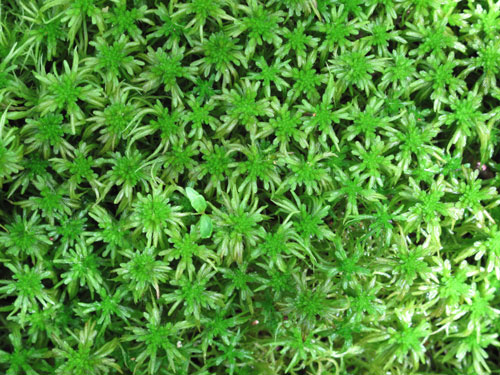New Zealand Sphagnum Moss
New Zealand sphagnum moss is widely considered the best sphagnum to use in orchid potting mixes. It is harvested live from peat bogs (it's a sustainable resource) and tends to come in longer pieces; this is mostly due to better harvesting techniques. It comes on a rating scale; AAA grade is what you want to use for orchids. 5 star Chilean sphagnum moss is also a good choice.
Image courtesy of Gary Peeples, US Fish and Wildlife Service
Distributed under the Creative Commons Attribution 2.0 Generic license.